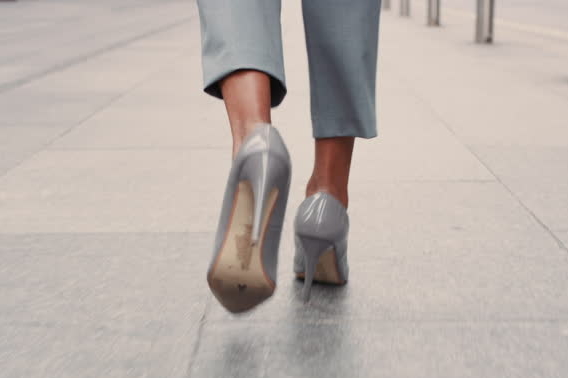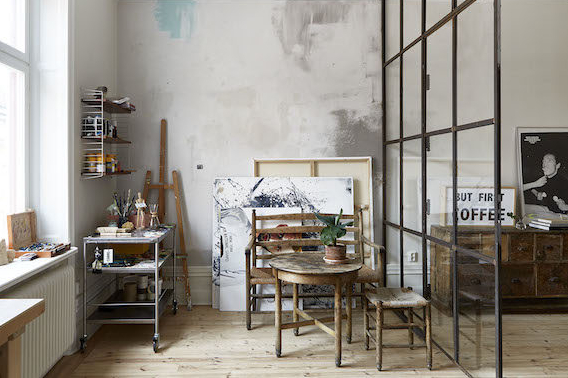
Visiting an Artist’s Studio
In my years working for art galleries and curating pop-up exhibitions in my free time, I brought many of my non-art friends and family into the fold, ever so gently coercing them to interact with contemporary art. Many times their initial reaction to a Damien Hirst pill cabinet or a minimalist installation comprised of painted alphabet pasta was often plainly “I don’t get it.” Once I had the chance to explain the artist’s intention, personal background, and a bit of history of her work, however, they would often come around to appreciating the piece. Or they were just placating me (thanks).
Understanding where an artist is coming from in creating her – let’s assume it’s a her – work can be illuminating, and visiting her studio is often a fun and enlightening experience. On the other hand, it can also feel invasive, awkward, or confusing if you get off on the wrong foot.
In my experience, when I ask an artist to visit her studio 99.9% of the time she will say yes. I’ve been to studios ranging from a carved out corner of someone’s garage to a jaw-dropping 2,000 square foot show room floor, and nearly everything in between. What follows is my basic advice for visiting an artist’s studio and learning about her work.
Briefly familiarize yourself with the artist’s exhibition history or CV before visiting. I’ve found that many artists are so immersed in their own work that it can be difficult for them to take a step back and provide context for their different bodies of work. Knowing that when he says “for the Germany show…” means “for the 2017 Documenta pavilion where I produced a suite of 10 new photographs…” can save both of you time, and put all parties at ease. You don’t have to be able to write a PhD dissertation on their career, just review the highlights.
Avoid excess flattery or overly harsh critique when visiting. You’ve entered into a really important space for the artist, and perhaps she’s even showing you work that no one else has had the chance to see yet. Also, works in the studio are often still in progress. Intense flattery can come off as insincere or embarrassing, whereas harsh critique could be crippling during the creative process. It’s fine, and expected, to give feedback but I’d suggest keeping it light.
If the artist has a presentation in mind or is guiding the conversation, give her ample time and space to do so. If the time feels right, it can be great to posit grander hypothetical questions about the current body of work to help further her creative process. For example, it can be great to ask, “in a perfect world, where would you see these exhibited?” It can help set an intention and ideal goal for the work and keep her inspiration flowing to picture the art in the Louvre, at the Tokyo Olympics, or in a sleek California home facing a wall of windows overlooking the ocean.
Finally, accept any hospitality offered to you (within reason)! Any artist can tell you that hosting in her studio can be nerve-wracking even if it is also fun and exciting. Often she’ll cobble together extra seating, provide snacks and wine, or want to show off the building’s sick rooftop view. My advice would be to accept these offers! Saying yes helps put everyone at ease and makes for easier flowing conversation, and better lasting memories of the visit.
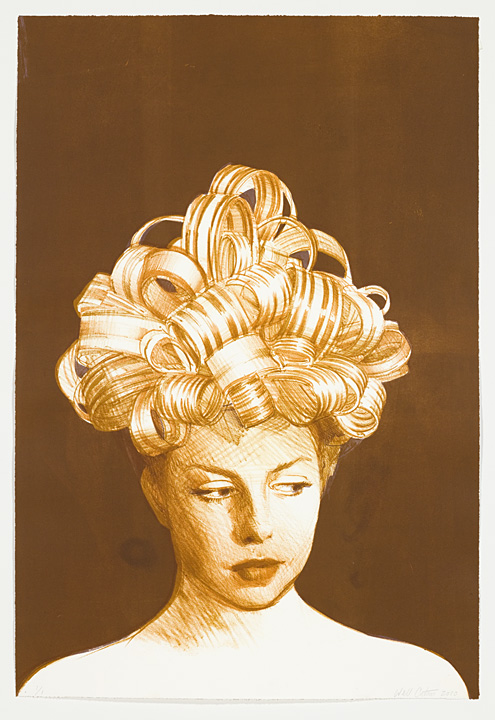
One great way to add an established artist to your personal collection without breaking the bank is to invest in
Read more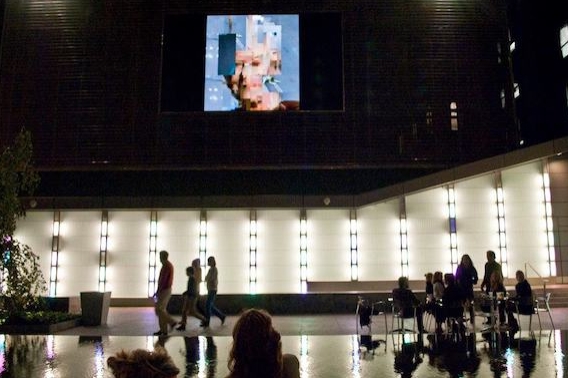
Working in Jacksonville, Florida as opposed to New York or Philadelphia has been a big change when it comes to
Read more
According to the 2018 Hiscox Online Trade Report, Instagram has become the art world’s favorite social media platform, with 63%
Read more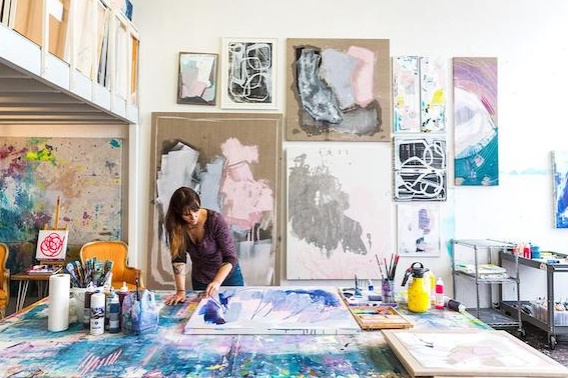
So you’re interested in buying art, but where do you start? First, just start actively looking at art on a
Read more
With a proliferation of websites like Artsy and Saatchi Art that have millions of works available at your fingertips, you
Read more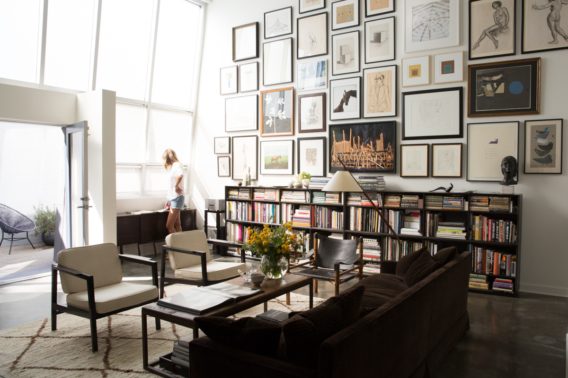
Picture 17th century Paris. Young painters are vying for their chance to exhibit their work in a prestigious academic salon.
Read more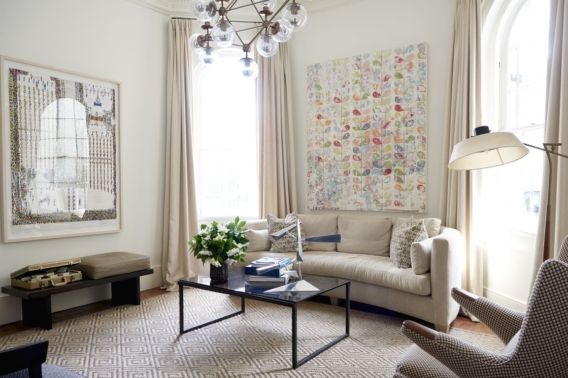
Rather than an honorary radiating chapel dedicated to your family’s patron saint in a Tuscan cathedral, today a donor family
Read more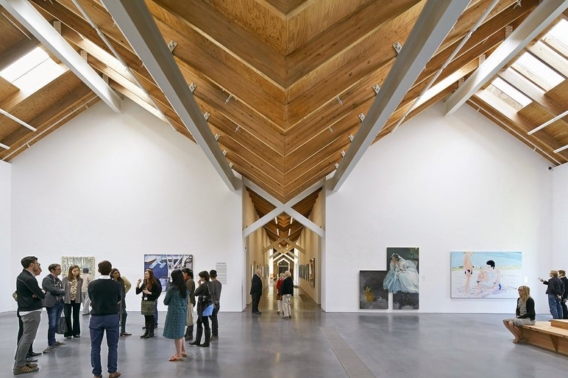
While it’s common to see the Met when visiting New York, the Art Institute of Chicago, or the Getty in
Read more